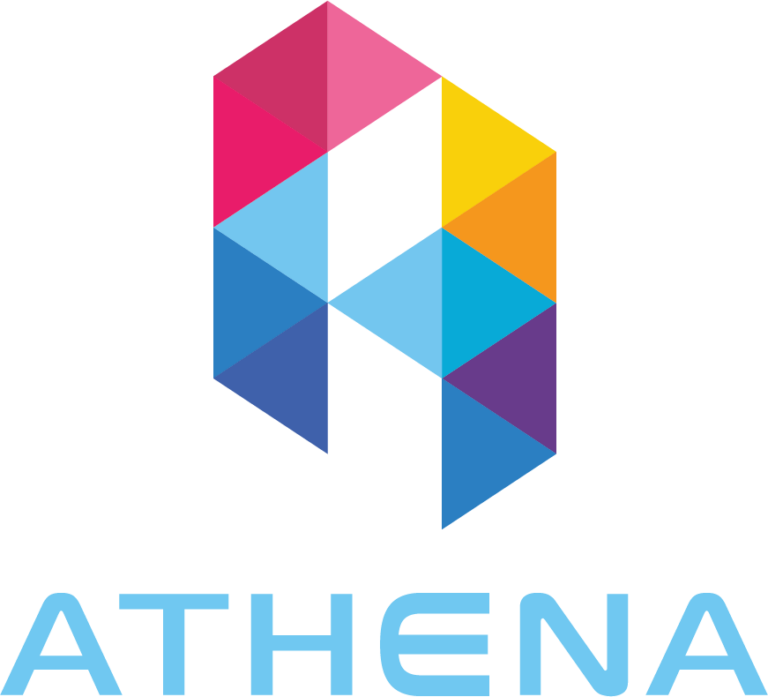Top 5 Trends in White Label Solutions for the Trading Industry in 2025
As the trading industry evolves, white-label solutions continue to play a pivotal role in enabling brokerages to enter the market swiftly and efficiently. By 2025, new technological advancements and market demands will redefine these solutions, making them more adaptive, innovative, and robust. This article explores the top five trends shaping white-label solutions in the trading industry, focusing on how they empower brokerages to stay competitive and meet client expectations.
1. AI-Powered Personalization
Overview
Artificial Intelligence (AI) is becoming a cornerstone of white-label solutions, enabling platforms to deliver highly personalized trading experiences.
Key Features:
- Behavioral Analysis: AI analyzes user trading patterns and preferences to suggest tailored tools and resources.
- Custom Recommendations: Platforms can offer bespoke trading strategies and insights based on real-time data.
- Enhanced User Interfaces: Intelligent interfaces adapt to the user’s skill level, simplifying navigation for beginners while providing advanced tools for experts.
Impact:
AI-driven personalization fosters trader engagement and loyalty by meeting individual needs effectively.
2. Integrated Crypto Trading Solutions
Overview
The growing popularity of cryptocurrencies is pushing white-label providers to integrate comprehensive crypto trading features into their offerings.
Innovations:
- Multi-Currency Support: Platforms now support a wide range of cryptocurrencies and fiat pairings.
- Advanced Wallet Integration: Seamless wallet functionality allows users to deposit, trade, and withdraw digital assets easily.
- DeFi Features: Decentralized finance (DeFi) tools like staking and lending are becoming standard offerings.
Impact:
These features attract a broader audience, including crypto enthusiasts, and expand the revenue streams of brokerages.
3. Enhanced Security and Regulatory Compliance
Overview
With the increasing risk of cyber threats and stringent global regulations, security and compliance are non-negotiable for white-label solutions in 2025.
Key Trends:
- Zero Trust Security Models: Continuous verification of user identities and device access reduces unauthorized activities.
- Blockchain Auditing: Immutable records enhance transparency and ensure adherence to compliance standards.
- Automated Compliance Tools: Integrated KYC/AML solutions streamline regulatory requirements.
Impact:
Brokerages gain the trust of clients and regulators, safeguarding their reputation and operational stability.
4. Seamless Multi-Platform Accessibility
Overview
As traders demand flexibility, white-label solutions are focusing on delivering seamless multi-platform experiences.
Technological Advances:
- Responsive Design: Platforms are optimized for desktops, tablets, and smartphones to ensure consistent functionality.
- Dedicated Apps: Feature-rich mobile apps cater to on-the-go traders, enabling access to tools and markets anytime.
- Cross-Device Synchronization: Real-time data synchronization ensures a seamless transition between devices.
Impact:
Multi-platform accessibility enhances user satisfaction and widens the brokerages’ market reach.
5. Integrated Social Trading and Community Features
Overview
Social trading is becoming a powerful tool for user engagement, making its integration a priority for white-label solutions.
Key Features:
- Copy Trading: Allow users to mimic successful traders’ strategies with minimal effort.
- Community Interaction: Built-in forums and chat features foster knowledge-sharing and collaboration.
- Performance Analytics: Social trading platforms now offer detailed performance metrics to help users make informed decisions.
Impact:
Social trading democratizes trading by empowering novices to learn from experts, creating a more inclusive trading environment.


